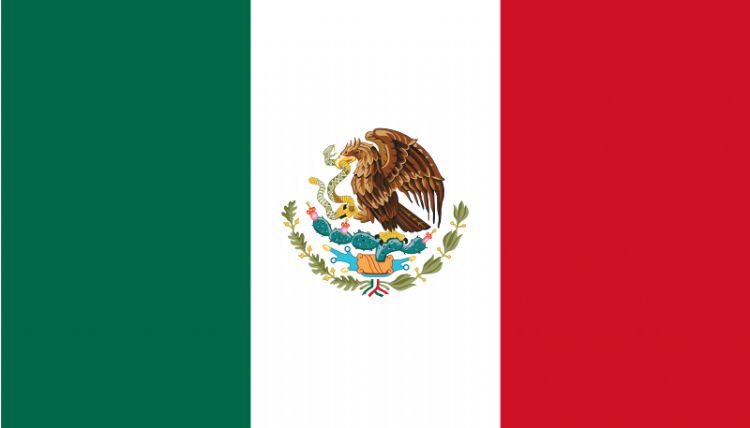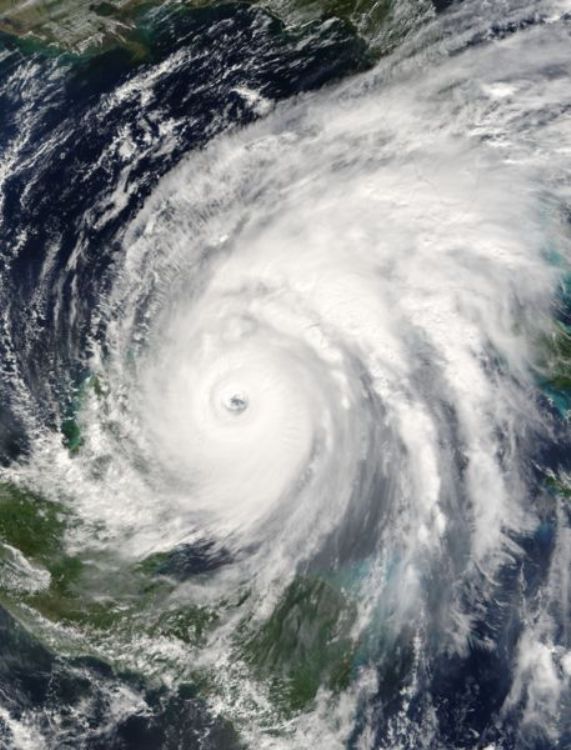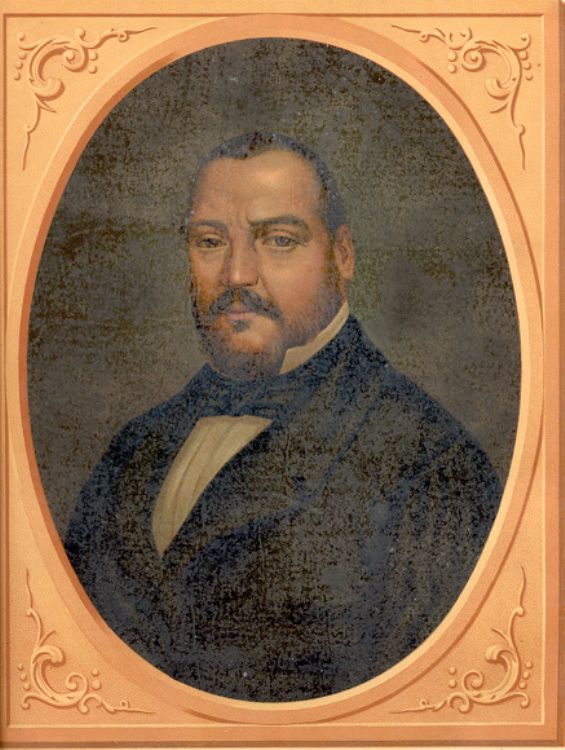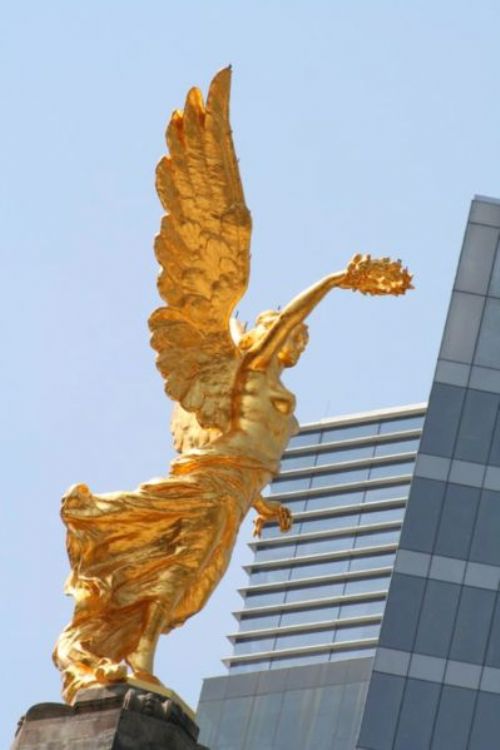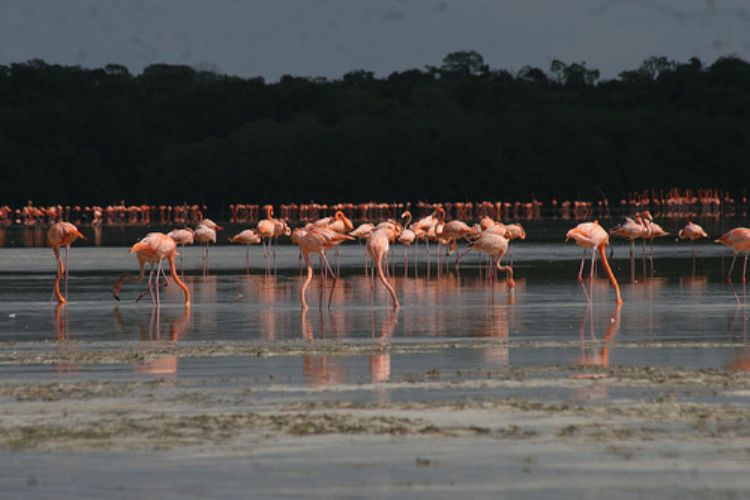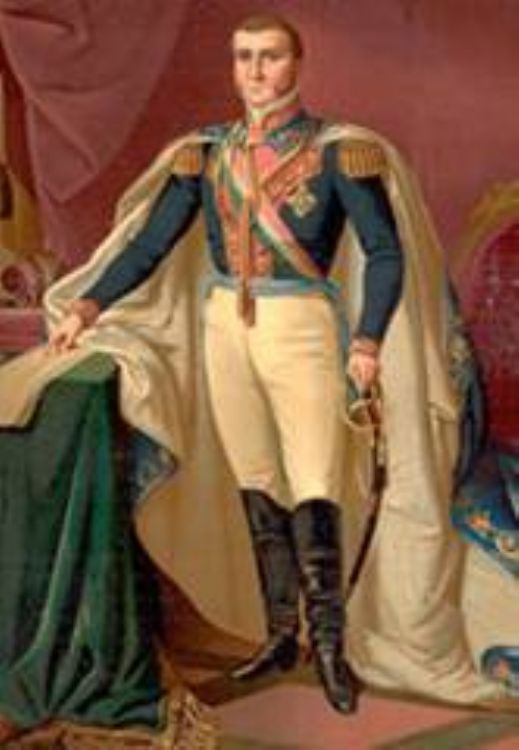Juan Rulfo, Great Mexican Writer
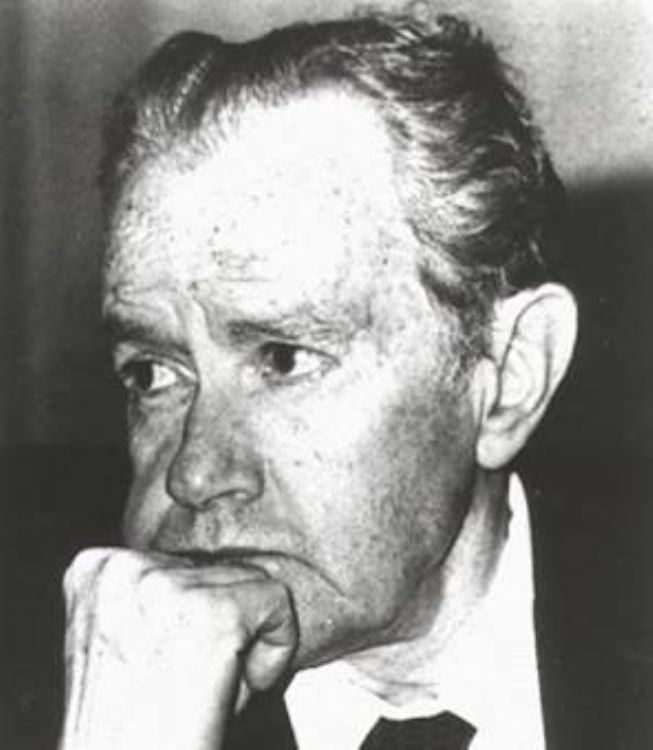
Juan Rulfo was born on May 16, 1917. He spent his first years in the town of San Gabriel. He is one of the most respected and significant writers of Mexican novels. He was born in Apulco, in the State of Jalisco, and intensely experienced the Mexican fields and the difficult stages of the State-Church relationship because that region underwent one of the most regrettable episodes, the Cristero War that started in 1926 and partially ended in 1929, which canâÂÂt be defined as a definite conclusion due to the void left in the relationship between clergymen and the Mexican government.
In 1924, Rulfo went to elementary school, however, soon after there were harsh days with the death of his father in that same year; in 1930 his mother died and he had to be taken care of by his grandmother. The situation became even harder and the boy went into the San Gabriel orphanage in Guadalajara.
He had his first experiences with literature in that orphanage, through a priest who allowed him to see the books. He hoped to study in the Universidad de Guadalajara, however, he found many obstacles; the University went into strike, and when he decided to study at the Universidad Nacional, a validation problem stopped him from enrolling. Despite all this, his firm spirit lead to sit in classes at the Philosophy and Literature School, which was imbued in a great intellectual effervescence.
Frequently omitted about Juan Rulfo is his great ability and attention to detail he developed in bibliographical issues, due to the fact that he was involved in a very personal review of historical and geographic topics, to name a few, that turned him into a real connoisseur of his country. Simultaneously, he developed many skills, not only as a writer, but also as a photographer. For almost a decade his editorial and literary work permitted him to travel throughout Mexico. In 1934 he formally started his literary career. Los Hijos del Desaliento was one of his first works, soon after he collaborated in America Magazine, where he also published his esthetic works.
In 1948 he married Clara Aparicio and had four children. It must be said that even though one of the greatest Mexican writers had published stories and collaborations in the magazine, it wasnâÂÂt until 1952 when he won a scholarship from the Centro Mexicano de Escritores, supported by its founder Margaret Shedd, who was also a fundamental figure for promoting the career of someone who was already a great writer.
In 1953 El Llano en Llamas was published and two years later Pedro Páramo. Both works are an obligated reference in Mexican literature and won him a Mexican and International recognition.

Rulfo later accomplished a post at the Instituto Nacional Indigenista, as editor of anthropology collections, one of the areas he knew best thanks not only to his academic education, but also by being self-taught. Later, in 1980 one of his great dreams became true, the presentation of his esthetic work, which coincides with his vision of the extensive country he deeply knew and experienced. The author died on the 7th of January, 1986 in Mexico City.
About his literary work it should also be said that it was very important to create films, the image of Mexico few wanted to see, but was evident. The esthetic language he created together with ideas and arguments of other notable writers, made the 60âÂÂs and 70âÂÂs one of the most important eras of costumbrismo (a genre that realistically portrays social habits).
Memorable works are the adaptation of Despojo, El Gallo de Oro of 1964, with a script by Carlos Fuentes and none other than Gabriel Garcia Márquez, who already enjoyed a great recognition; and the adaptation of Pedro Páramo, directed by Carlos Velo in 1973, among others.
RulfoâÂÂs work is an often desolate landscape of post-revolutionary farm life. Llano en Llamas makes the reader picture a vast land, sharing the depth of the fieldsâ poverty. The fields and farmers are the most important symbols of Llano en Llamas, where Rulfo brings to life such characters as Macario, who sitting on a boat, waiting for the frogs to leap, with a stick in one hand to kill them, tells us his life: the story of a marginalized young man living on the outskirts of any metropolis, where daily inequality is the trigger that divides and confronts people. He has been sent by his godmother, the lady who accommodates him in her house, to exterminate all frogs who leap out of the sewer, because she hasnâÂÂt slept for two days due to the animalsâ croaking; hence he has been given a stick so he wonâÂÂt allow the frogs to sing, under the threat that if he doesnâÂÂt accomplish this he will not be fed and will be cursed to rot in hell. Yes, the hell so feared by everyone: the city.
Artículo Producido por el Equipo Editorial Explorando México.
Copyright Explorando México, todos los Derechos Reservados.
Foto Portada: Encarta.Msn.com

